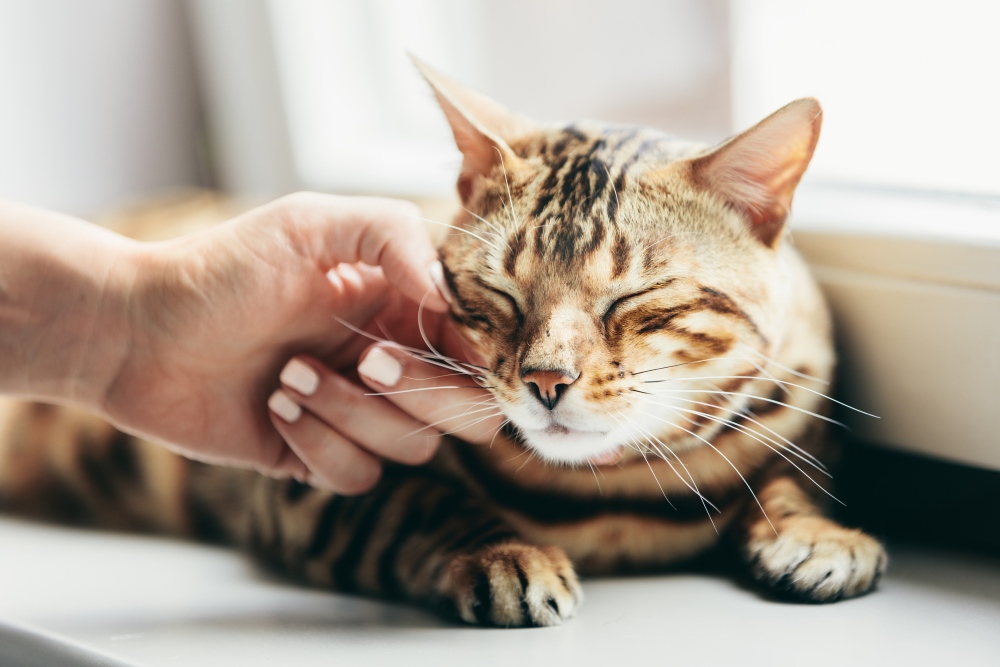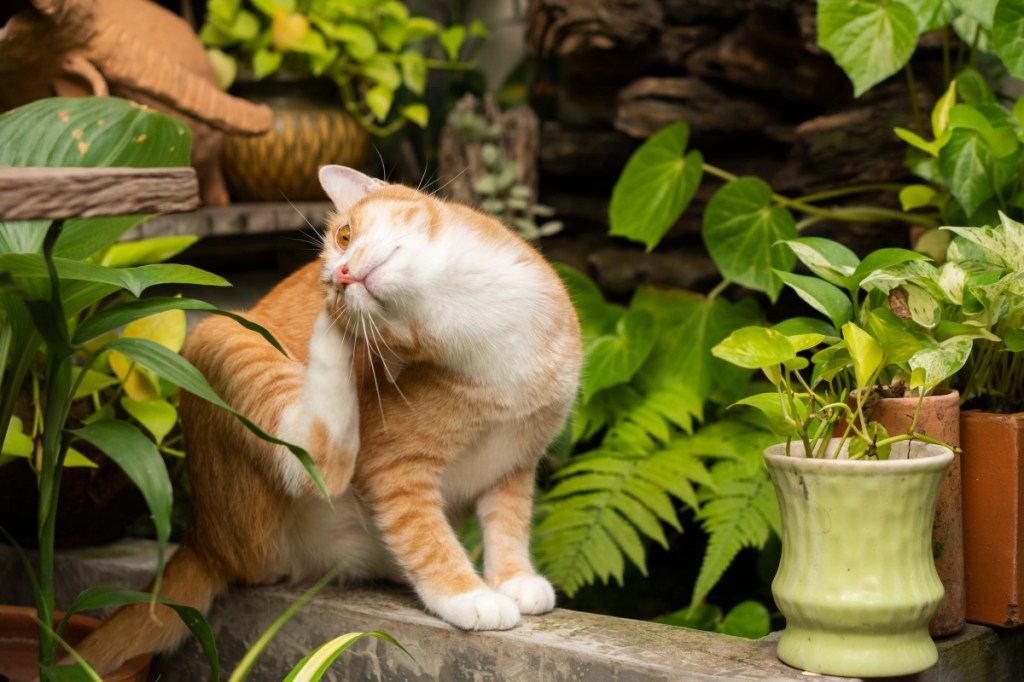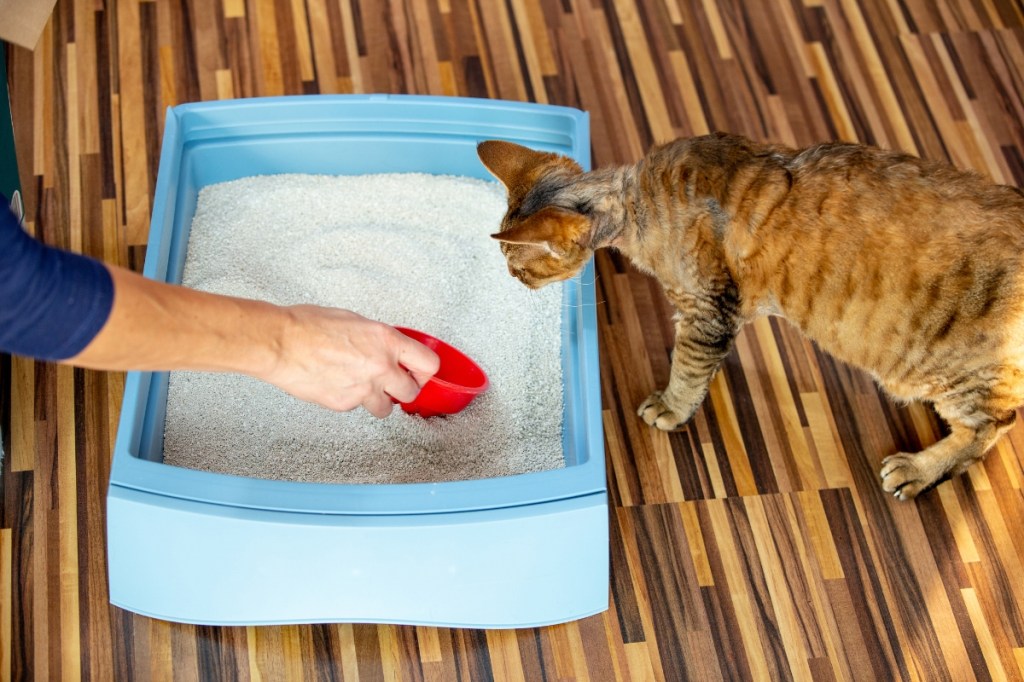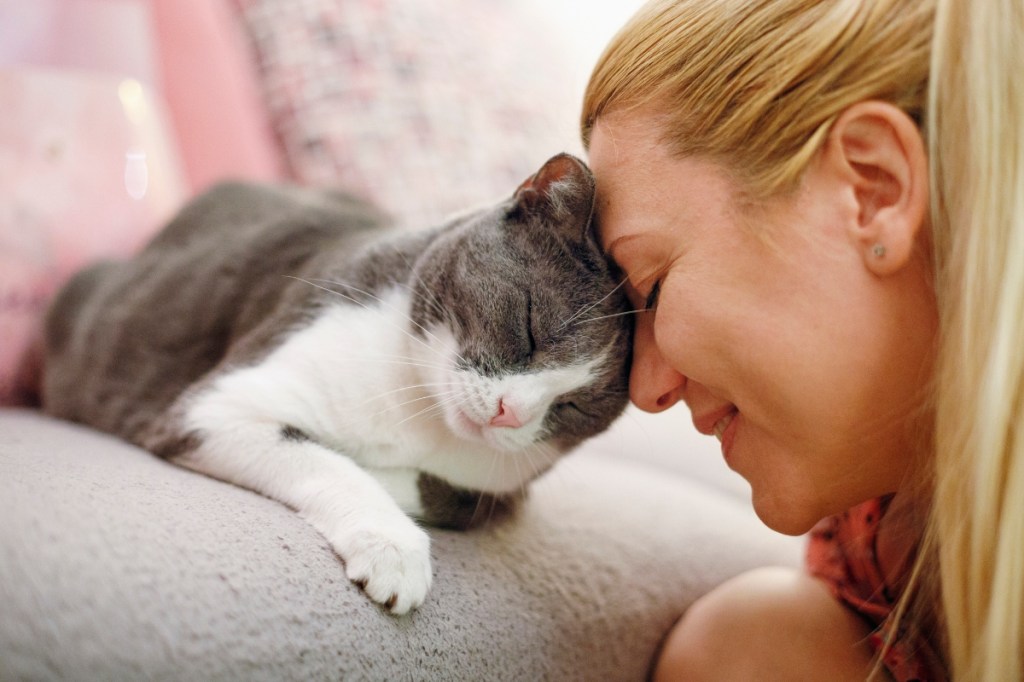Table of Contents
Thankfully, cats don’t have seizures very frequently because they can be scary! Sometimes it’s even hard to know if what you are seeing is a seizure, leaving you to wonder what in the world is going on. In this article, we’ll dig into what seizures are, what they look like, what causes seizures in cats, and how they are treated. Read on to learn everything you need to know about seizures and epilepsy in cats.
What are Seizures and Epilepsy?
A seizure can be defined as a period of involuntary muscular activity and/or a change in mental awareness that is caused by a burst of uncontrollable electrical activity within the brain. Epilepsy is simply the name we give to conditions that cause recurring seizures. What parts of a cat’s brain are affected by the abnormal electrical activity determines the exact symptoms you might see with seizures.
Signs and Symptoms of Cat Seizures
If just a small part of the brain is affected by a burst of electrical activity, cats will have what is called a partial or focal seizure. In these cases, cats often display localized unusual motions or behaviors such as lip smacking or a leg that kicks out repeatedly. Mentally, cats may seem completely normal and aware of their surroundings or a bit “out of it.”
On the other hand, cats experience generalized seizures when most or all of their brain is affected by uncontrollable electrical activity. There are several types of generalized seizures in cats, but the most common form is called a tonic-clonic seizure.
Appearance of a tonic-clonic seizure
- Cats are completely unaware of their surroundings.
- They fall over, become stiff, and experience twitching, shaking, drooling, limb-paddling, and other unusual movements involving most of the body.
- They may vocalize and urinate or defecate.
Before a cat has a seizure, they may go through a pre-ictal phase (also called an aura) when they behave in strange ways. People who have seizures often experience strange sights, smells, and other phenomena before the seizure, and it’s likely that cats do too. After a seizure, cats may experience a post-ictal phase during which they are tired, lethargic, restless, or disoriented. Pre- and post-ictal phases tend to be more noticeable when associated with severe seizures.
What to Do if Your Cat Has a Seizure
Now that you know what cat seizures look like, it’s time to talk about what you should (and should not) do if you think your cat is having a seizure.
First, try to remain calm. Most seizures last for only a minute or two and are not dangerous in and of themselves. Make sure your cat is in a safe spot where they can’t fall or knock anything over. You can lay them down on a soft surface like a blanket, towel, or coat, but do not put anything in their mouths as this can lead to choking.
If this is your cat’s first seizure, call your veterinarian for advice. They will likely want to see your cat to look for an underlying cause. Cats who have experienced a seizure that lasted longer than 5 minutes or who have had more than 2 seizures in 24 hours should be examined by a veterinarian right away. Otherwise, it’s generally fine to schedule an appointment at your earliest convenience.
If your cat has a history of seizures, you and your veterinarian likely have a plan in place for what types of seizures require immediate veterinary care and which can be managed at home.
Diagnosing the Cause of Cat Seizures
Cat seizures have many causes. Basically, anything that adversely affects the structure or function of certain parts of the brain can lead to a seizure. Possibilities include:
- Traumatic brain injuries
- Brain tumors
- Infection or inflammation within the brain
- Exposure to some toxins
- Congenital disorders affecting the brain
- Low blood sugar levels
- Metabolic changes such as those caused by liver or kidney disease
- Triggering stimuli like flashing lights, stress, excitement, or loud sounds
The diagnostic process for seizures in cats starts with a complete health history and a thorough physical and neurologic exam. Next, veterinarians will usually run some lab work that may include a blood chemistry panel, complete blood count, urinalysis, fecal examination, and tests for infectious diseases like feline leukemia (FeLV), feline immunodeficiency virus (FIV), toxoplasmosis, and cryptococcosis. Spinal fluid analysis, brain imaging using an MRI or CT scan, or electroencephalography (measuring electrical activity in the brain) can also help veterinarians reach a diagnosis.
When no underlying cause for a cat’s seizures can be identified, the veterinarian will probably diagnose them with idiopathic epilepsy, which essentially means that a cat has recurrent seizures with no evident triggering reason behind them. Idiopathic epilepsy is quite rare in cats.
Treatment for Seizures in Cats
Whenever possible, treatment for cat seizures should be aimed at their underlying cause. For example, a kitten with low blood sugar levels may stop having seizures if they eat more frequently. Veterinarians can prescribe medications for infections and inflammation, and surgery may be an option for brain tumors. If treating the cause of a cat’s seizures isn’t possible or fully effective or the cat has been diagnosed with idiopathic epilepsy, anticonvulsant medications can help.
But anticonvulsant medications aren’t always necessary. Cat seizures that are short and don’t occur frequently aren’t dangerous, and their effect on a cat’s quality of life is minimal. However, if any of the following are true, treatment with anticonvulsants to reduce the severity and frequency of seizures would probably be beneficial:
- The seizures happen more frequently than once a month or so
- The seizures last longer than five minutes
- The seizures occur in clusters with little time to recover in between
- The cat has had to be hospitalized for seizures
Veterinarians can choose from several different medications when treating seizures in cats. Phenobarbital is a common first-line choice, but zonisamide, levetiracetam, and clonazepam are good options if phenobarbital doesn’t do a good enough job. Most cats don’t have serious side effects from anticonvulsants like these.
Cats who have recurrent seizures and are on medication to help control them need to be seen regularly by a veterinarian for continued monitoring. Oftentimes, a cat’s seizures will worsen over time, and their medications will need to be adjusted so they can continue to live their best life.








